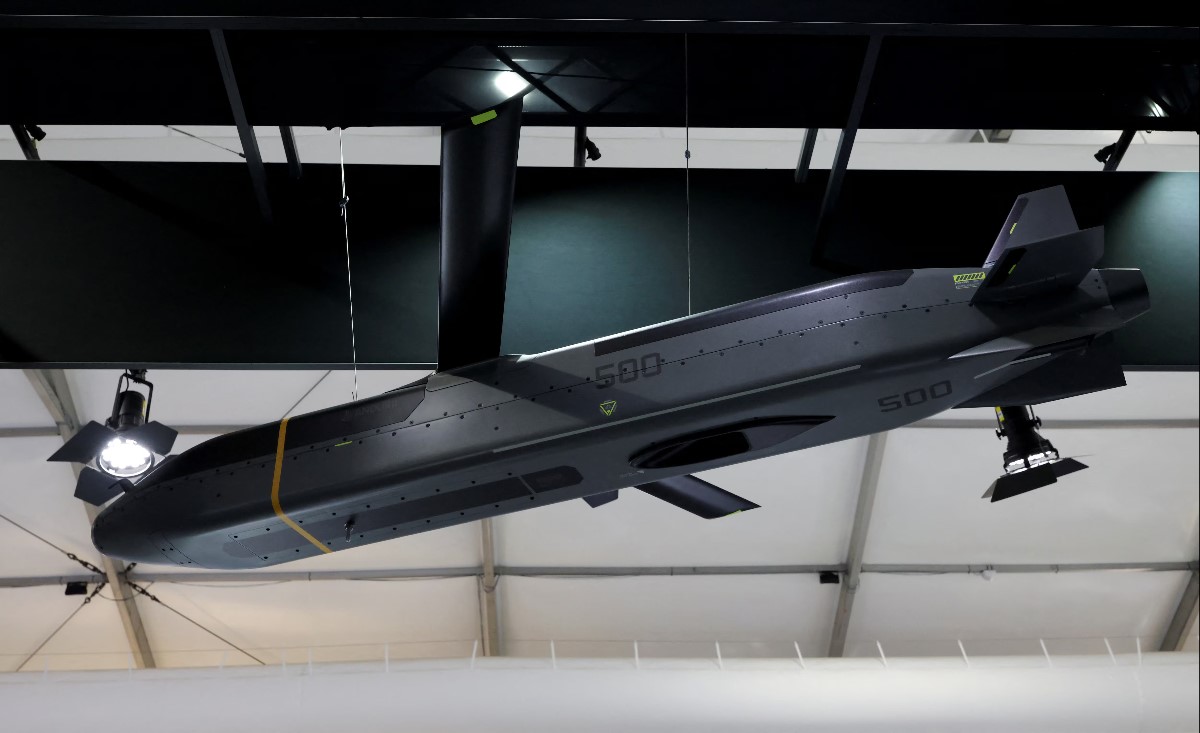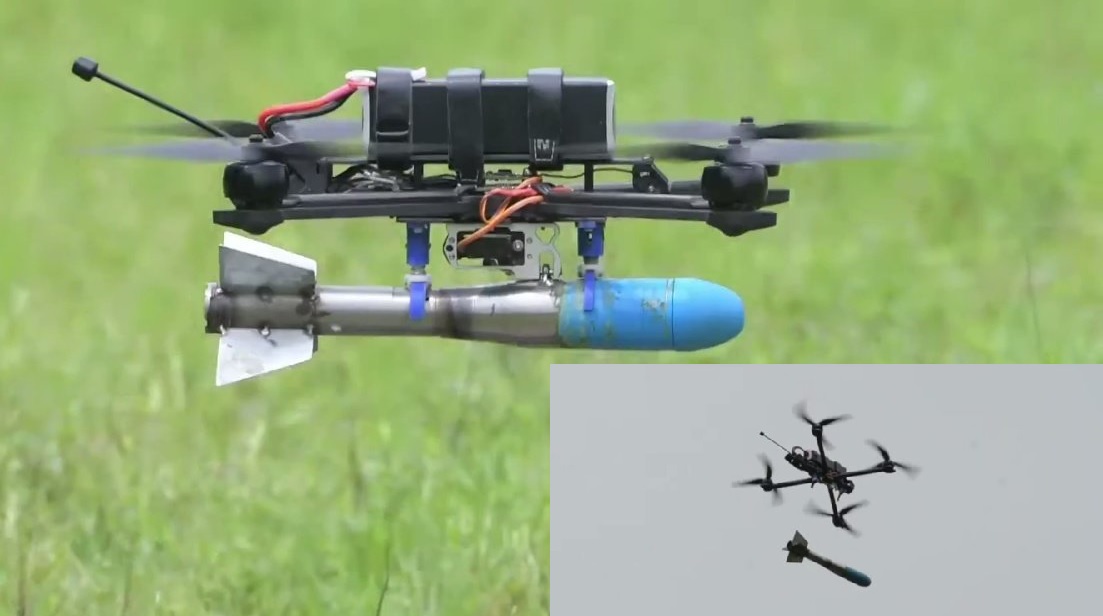New Zealand to Trail Renewable Energy-Powered Unmanned Surface Vessel

Defense News - The Royal New Zealand Navy is gearing up to integrate an innovative unmanned surface vessel (USV) into its fleet, boasting a unique capability to operate entirely on renewable energy sources. Dubbed "Bluebottle," this cutting-edge vessel is currently being transported by the Navy HMNZS Aotearoa from Sydney to Auckland in preparation for upcoming trials within New Zealand waters.
Bluebottle environmentally friendly propulsion system harnesses solar, wind, and wave power. The vessel features a rigid sail for wind propulsion and incorporates photo-electric cells on the sail to power its motor. Developed by Sydney-based Ocius Technology, this adaptable watercraft is designed to execute diverse missions, ranging from fishery protection and border security to meteorological data collection.
Commodore Garin Golding, the Navy Maritime Component Commander, emphasized the pivotal role of the unmanned vessel in patrolling New Zealand expansive Exclusive Economic Zone (EEZ). With an EEZ ranking as the fifth largest globally, exceeding four million square kilometers, and an additional 30 million square kilometers designated for search and rescue operations, the deployment of Bluebottle significantly enhances the Navy surveillance capabilities.
Golding expressed confidence in the efficacy of uncrewed drone aircraft and vessels, citing the valuable contributions observed in similar capacities by partner militaries around the world. The USV will be centrally operated from a control room at Devonport Naval Base in Auckland, leveraging communication channels such as mobile phone signals and high- and low-bandwidth satellites to ensure comprehensive coverage.
Notably, Bluebottle versatility extends to its transportability, as it can be easily conveyed by trailer to various locations across New Zealand. During sea missions, the vessel can be efficiently launched and recovered via boat ramps, showcasing its adaptability and potential for widespread application in diverse maritime scenarios.



